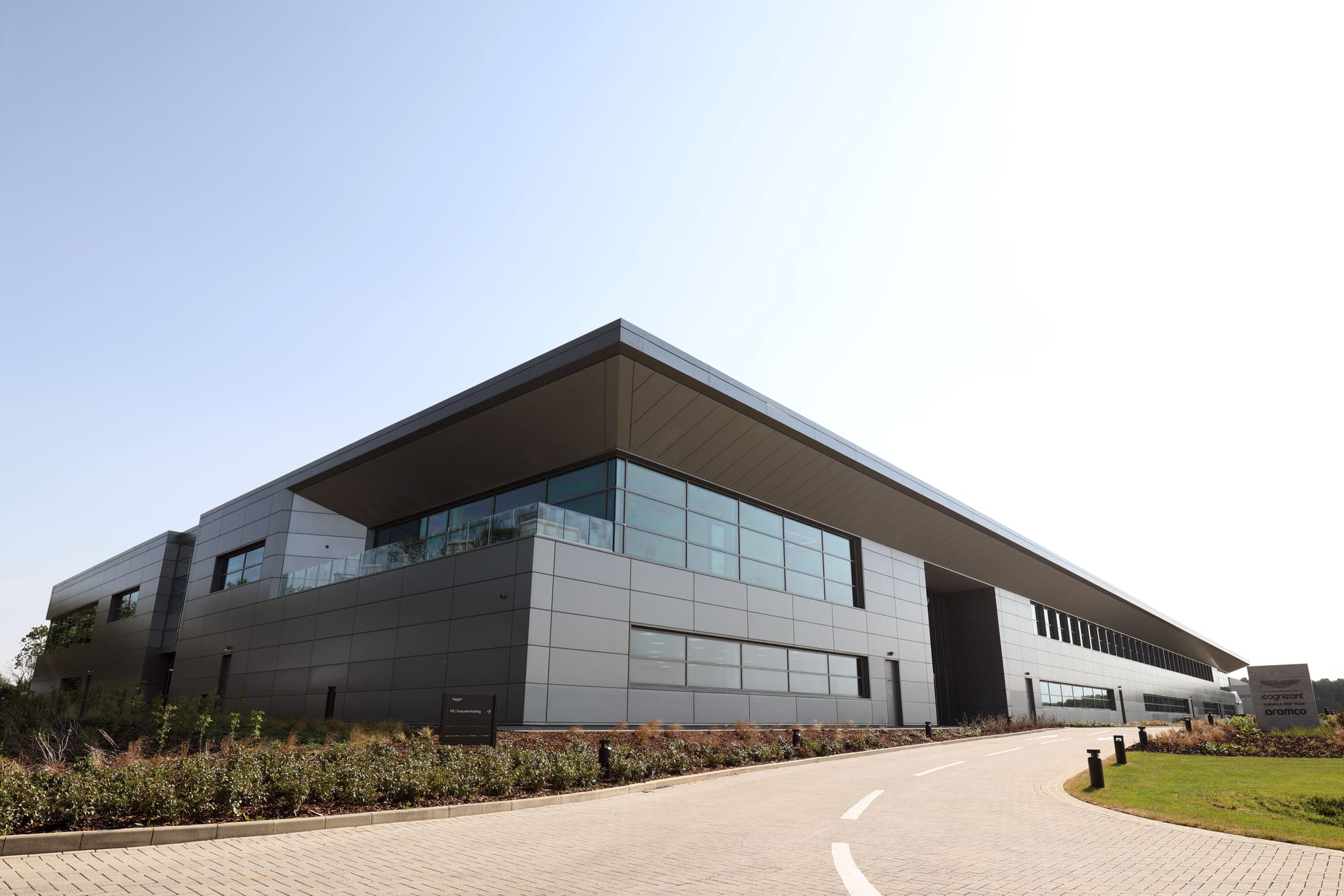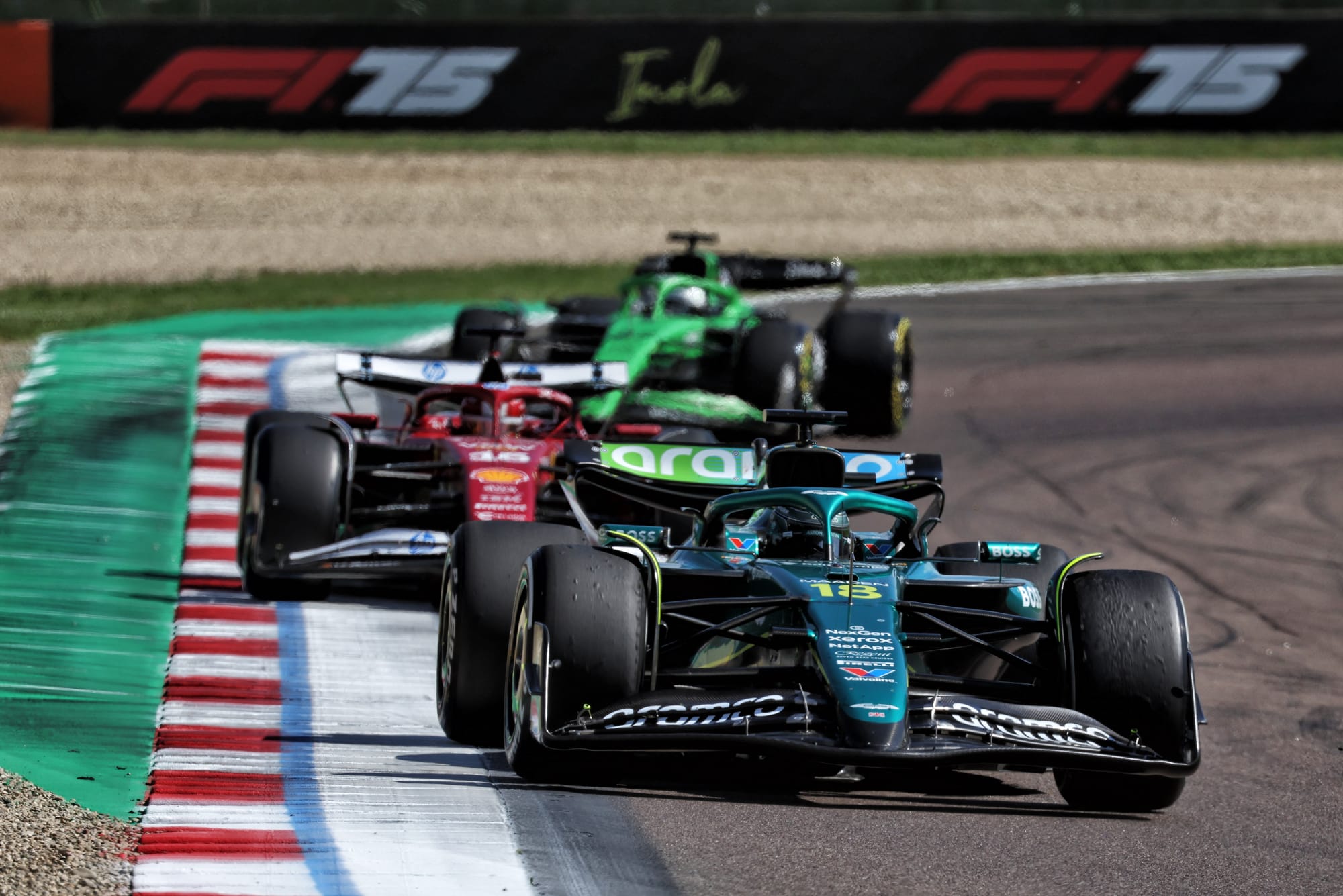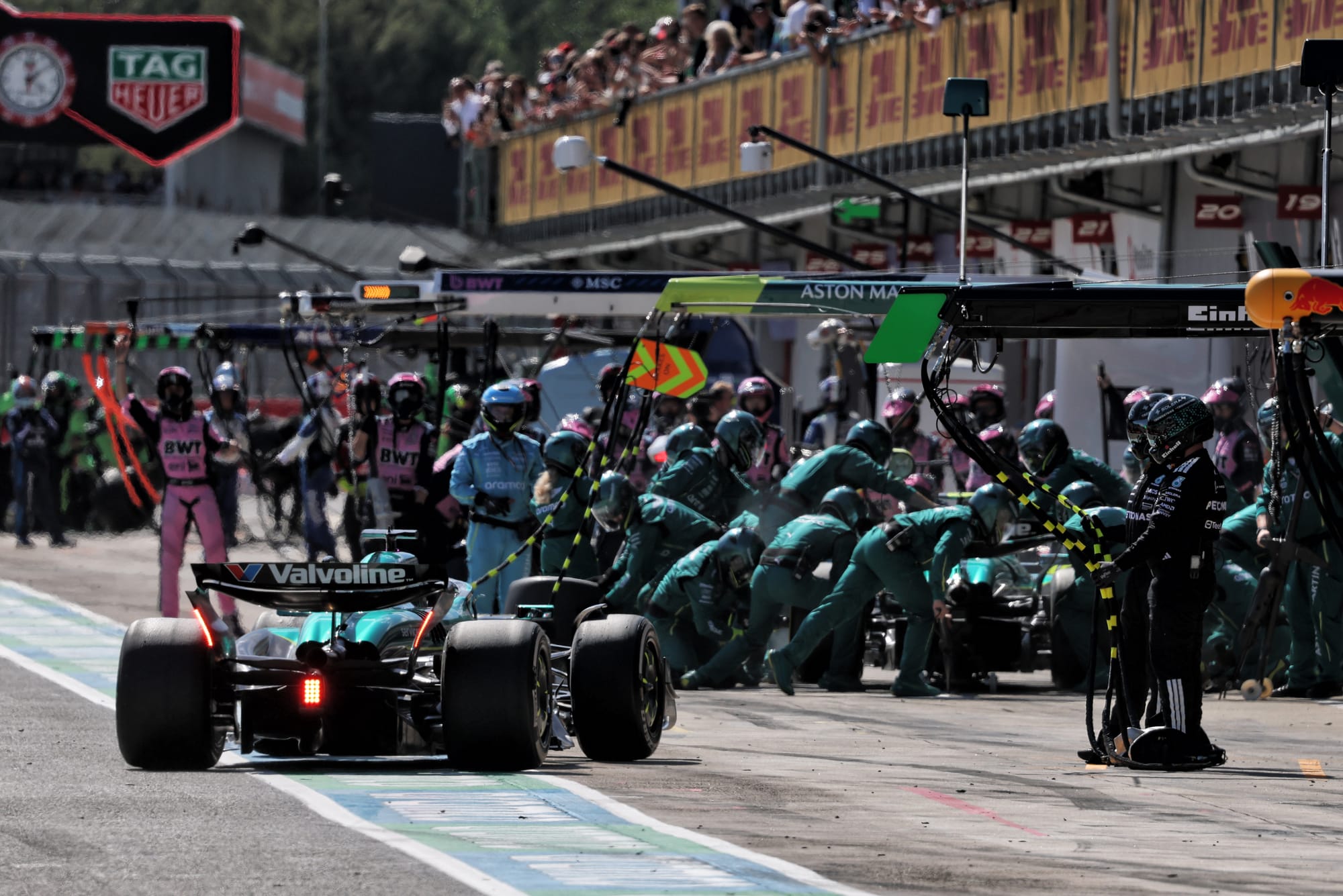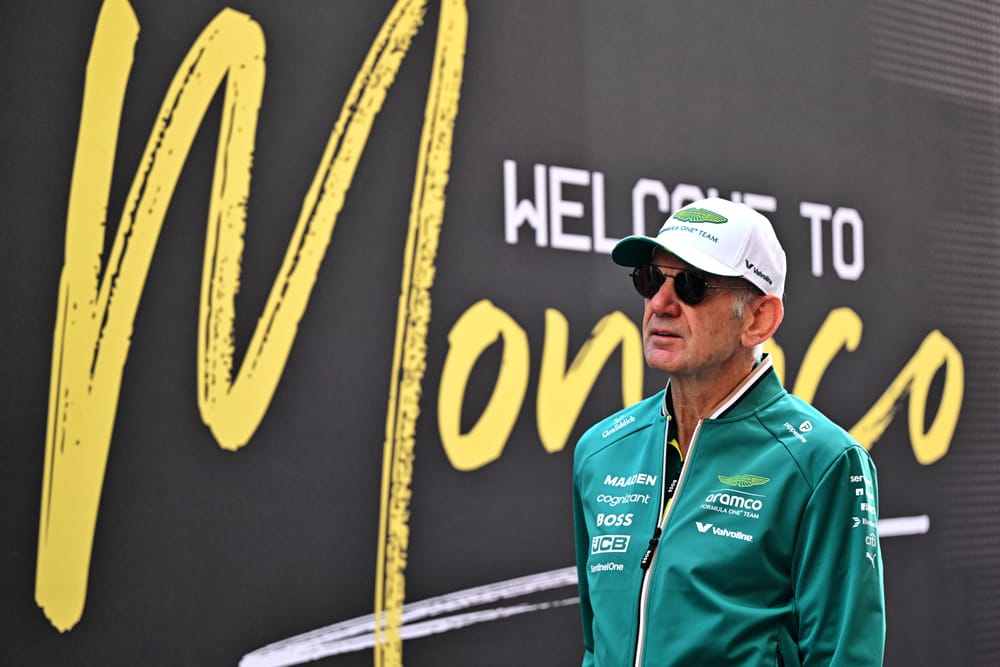Adrian Newey has revealed a key weakness with one of Aston Martin’s major new investments that risks slowing its push to the front in Formula 1.
The design genius has been recruited by Aston Martin in a bid to help it become a race-winning F1 force during the new rules era that kicks off in 2026.
However, while impressed with many of the facilities and staff he has found at the team since his arrival in March, Newey has found a correlation problem with its simulator is holding the team back.
The simulator is one that Aston Martin installed at its brand new start-of-the-art factory at Silverstone and which came on tap in 2024 - before its new windtunnel was up and running.
Newey says that things not lining up between what its simulator is saying, and what its real life car does on track, is hampering development plans for the 2026 car and not allowing the squad to prepare for current race weekends as well as it would like.
No quick fixes

And it is a problem that could take a couple of years to fix.
Asked by The Race at the Monaco Grand Prix about his impressions of Aston Martin and whether he felt it had what it took to fight for the championship next year, Newey said: “I think it is fair to say that some of our tools are weak, particularly the driver in the loop simulator.
"It needs a lot of work because it's not correlating at all at the moment, which is a fundamental research tool. Not having that is a limitation.
“But we've just got to work around it in the meantime and then sort out a plan to get it to where it needs to be. But that's probably a two-year project in truth.”
Newey explained how not having the feedback needed from the simulator is a problem both in the long and short term.
“It is a handicap, but difficult to say how much,” he said. “Driver in the loop simulators are used in two ways.
“One as a research tool, when you're looking at how you're going to design the following year's car, and how you're going to put all the tools together to better model it.
“Then the other of course is how you develop the set-up of the car, typically, especially for given race weekends.
“So we're going to be a bit blind on that for some time. We have just got to try to use experience and best judgement. How successful that will be, time will tell.”
A matter of software over hardware

Speaking to the Aston Martin website recently, Newey offered some clues about the simulator problem – where he suggested that physics models were far more critical than the simulator hardware itself in obtaining accurate correlation.
“You can have the best motion system in the world, but if you don’t have the modelling to go with it, and correlation with the aero model, correlation with the tyre model and so on, it won’t be of any use,” he said.
The weakness in the Aston Martin simulator could explain why the squad has struggled so much with upgrades in recent years – as testing changes at the factory would not deliver the accuracy of feedback needed.
And while the focus on a team’s strengths often revolves around the state of its windtunnel, Newey thinks that the role it plays nowadays is not so critical.
Speaking about Aston Martin’s facilities, Newey told select media in Monaco, including The Race: “The factory is probably the best factory in F1, and the windtunnel is arguably the best windtunnel in F1.
“Windtunnels nowadays are quite complicated tools, so it's still in a development process. Productivity is not quite there, because we are still kind of working through it.
“But ultimately, windtunnels are a bit like engine dynos. You need them and a really good windtunnel, of course, you'd rather have that compared to a not so good windtunnel.
“But ultimately, it's not really the thing that makes the difference. It's the human element. It's the design you put into it.”
The staffing factor

Another area where Newey thinks improvements need to be made at Aston Martin is in its structure, so that it makes better use of talent it has available.
“There's a lot of individually very, very good people,” he explained. “We just need to try to get them working together perhaps in a slightly better organised way.
“I think that's simply a result of, obviously, the roots of the team is Jordan, and that became Force India, and that became Racing Point.
"As such, it was always a small but slightly overperforming team. But now, in a very short space of time, it is a very big team that in truth has been underperforming this year.
“I think a lot of that is now just getting everyone to settle down and learn how to extract the most out of the individuals.”



